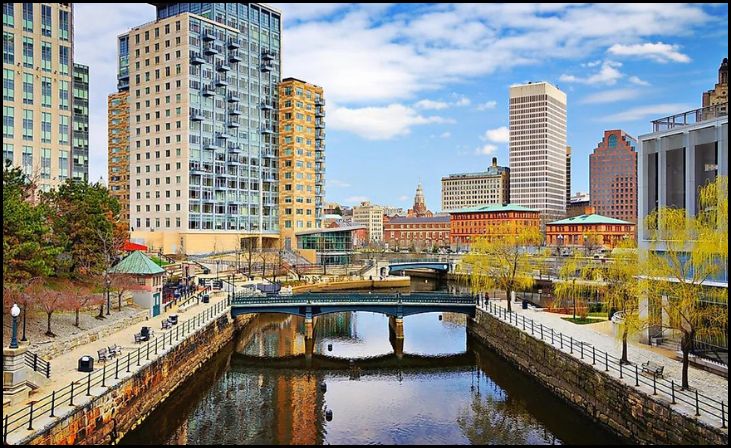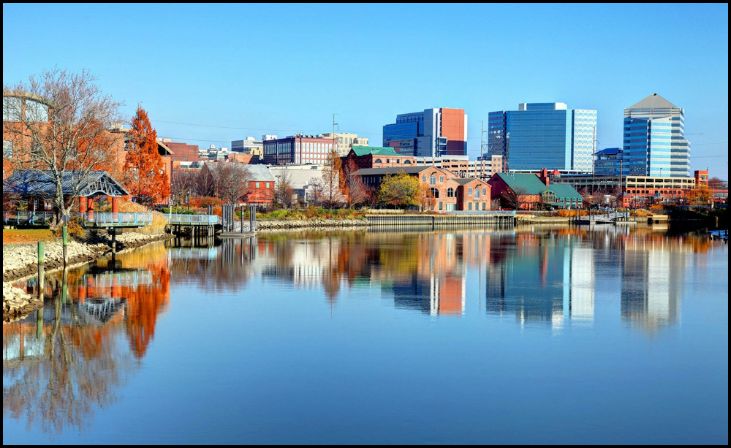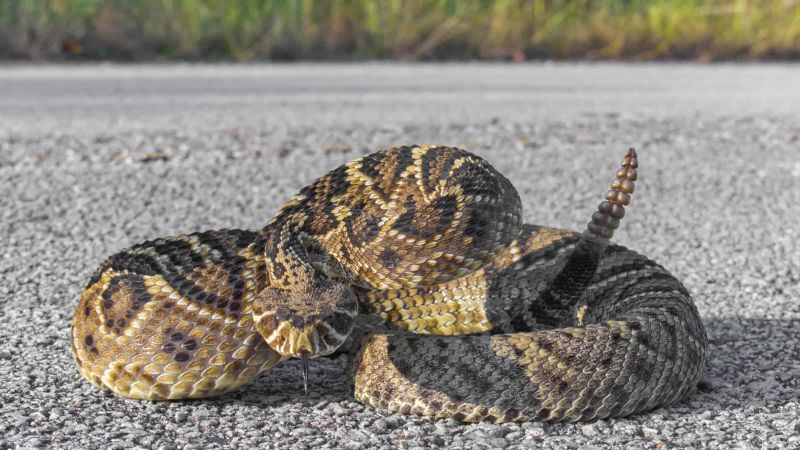Rattlesnakes are some of the most iconic and feared reptiles in the United States, known for their distinctive rattle and potent venom. These snakes are a vital part of the ecosystem, controlling rodent populations and contributing to the biodiversity of their habitats. However, not every state in the U.S. is home to these fascinating yet intimidating creatures. In fact, there are several states where rattlesnakes are either extremely rare or entirely absent. This blog aims to delve into the reasons behind the absence of rattlesnakes in certain states, exploring the geographical, climatic, and ecological factors that contribute to their distribution.
1. Alaska

Alaska’s harsh climate and extreme northern latitude make it inhospitable to rattlesnakes. The state experiences long, cold winters and short, cool summers, creating an environment unsuitable for ectothermic reptiles. While Alaska boasts a diverse range of wildlife, including bears, moose, and wolves, it lacks the warm, dry conditions that rattlesnakes require.
2. Hawaii

Hawaii’s isolation as an island state and its tropical climate contribute to the absence of rattlesnakes. The state has no native snake species, although there are a few non-venomous snakes that have been introduced. Hawaii’s ecosystem is unique, with a high degree of endemism, and the introduction of rattlesnakes could disrupt the delicate balance of its native flora and fauna.
3. Maine

Maine’s cold climate and northern location are not conducive to rattlesnake habitation. The state’s winters are long and harsh, and its natural landscapes are dominated by dense forests and wetlands. While Maine is home to a variety of reptiles and amphibians, rattlesnakes are not among them.
4. Rhode Island

Rhode Island’s small size and temperate climate also play a role in the absence of rattlesnakes. The state’s natural habitats include coastal areas, forests, and wetlands, which do not provide the warm, dry conditions preferred by rattlesnakes. Additionally, Rhode Island’s high population density and extensive urban development further reduce the likelihood of rattlesnake populations establishing themselves.
5. Delaware

Delaware’s climate is generally too cold and wet for rattlesnakes. The state experiences moderate winters and humid summers, conditions that are not ideal for rattlesnake survival. Delaware’s natural habitats, including marshes and coastal plains, do not support the dry, rocky environments that rattlesnakes prefer.
6. Vermont

Vermont’s climate and geography are similar to those of Maine, with cold winters and mountainous terrain that are unsuitable for rattlesnakes. The state’s natural landscapes are primarily forests and wetlands, which do not provide the necessary conditions for rattlesnake habitation. Vermont is home to other reptiles and amphibians, but rattlesnakes are notably absent.
7. New Hampshire

New Hampshire’s cold climate and mountainous terrain also make it an unlikely home for rattlesnakes. The state experiences long winters and has a landscape dominated by forests and lakes. These conditions do not provide the warm, dry habitats that rattlesnakes need to thrive. While New Hampshire has a diverse array of wildlife, rattlesnakes are not among them.

